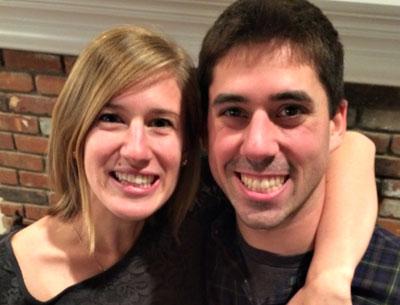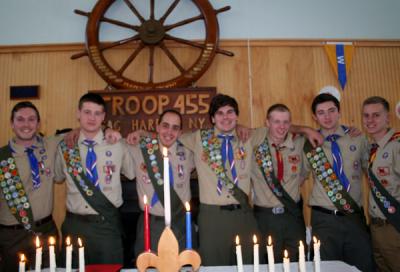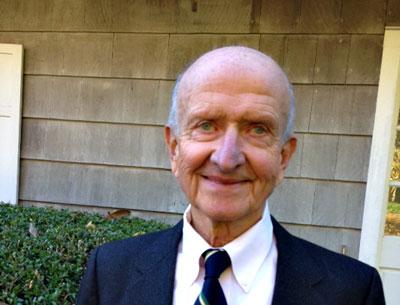A Beach ‘Yes’
A Beach ‘Yes’

It was on Ditch Plain Beach in Montauk that Shannon Luckey and Joe Guglielmo became engaged on Nov. 22. Ms. Luckey is a daughter of Tom and Joanne Luckey of Montauk and Wantagh. She teaches math at Discovery High School in the Bronx and is a graduate of Colgate University and New York University
Mr. Guglielmo is a guidance counselor at Xavier High School in Manhattan and graduated from Fordham University and Hofstra University. His parents are John and Claire Guglielmo of Wantagh.




